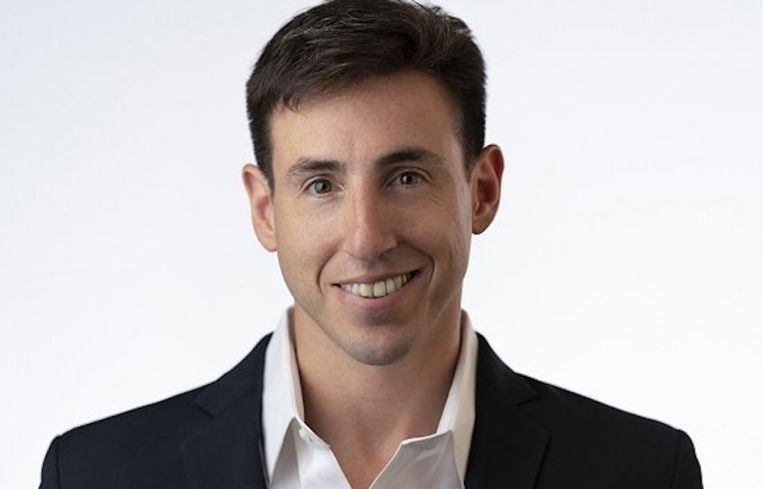Cove Releases Reopening Guide to Help Businesses Prepare
By Keith Loria May 5, 2020 12:42 pm
reprints
In an effort to help businesses prepare for coming out of the stay-at-home orders in the wake of the COVID-19 pandemic, Washington, D.C.-based Cove has released a reopening guide entitled, “Take the fear out of your office return: A practical guide to creating your Reopening Plan.”
“Overall, there are limited resources out there because quite frankly health experts don’t know enough yet about some of the implications,” Adam Segal, Cove’s co-founder and CEO, told Commercial Observer. “This is simply the reality. With that understanding, we looked at how can we create a reopening plan today that accounts for your organization’s objectives, productivity and employee’s well-being, as well as the evolving guidance. We want to be a support in this process, whether you are a member of Cove or not.”
The company’s workspaces, which CO wrote about in February, are aptly called “coves” and are situated in residential neighborhoods around D.C., and Arlington, Va., with more locations on the way. The idea is that people don’t want to commute to a centralized office, and these neighborhood workplaces offer convenience. Cove also builds and operates custom headquarters for companies, and has partnered with landlords to manage full building operations.
Segal and his team have spent the past month and a half talking to Cove clients and members — as well as its commercial owner partners at Meridian and Rubenstein — to understand their concerns and challenges in real-time.
“We support the entire spectrum of work across thousands of people and organizations. Society is being told that it can start to reopen, but what does this mean? People are looking for guidance in a truly challenging and trying time,” he said. “We have the great benefit of talking to individuals, organizations, and building owners every day to understand how people are thinking and what questions they might have.”
The guide is aimed at anyone who works in an office — including senior leadership and employees. It includes sample surveys and questions to get a dialogue started as well as the steps to creating a plan of one’s own.
“The sooner we realize that we are all in this together, the quicker organizations can unite to be a support system for each other,” Segal said. “We all have some level of fear about the unknown, especially around going into shared spaces like the office. Let’s acknowledge that reality, and then create the right plan for you and your team.”
Generally speaking, Segal admits there is not enough known about COVID-19 to provide the perfect solution but Cove put together the best guide it could and will update it as time goes on.
“We looked across everything from design to health to operations to tech,” he said. “Resources included the CDC, federal agencies like the U.S. Equal Employment Opportunity Commission, and studies and case examples from countries that have already reopened.”
For D.C. offices to get back open safely and quickly, the guide suggests owners listen to employees and Segal believes that the next six months will be as much about listening to people as it is following evolving public guidelines.
“Reopening is as much about following evolving and uncertain health guidance as it is listening to your employees,” Segal said. “We advise [being] conservative, especially in the beginning. Identify the first group of employees (in the 15 percent range) that are able to and want to return to the office. You will also likely need to be prepared to open and close on a somewhat regular basis as guidance changes and potential outbreaks unfortunately arise. In the very short-term if people are successful working from home, continue to support that.”
Lastly, as noted in the guide, he said to try to have a little fun.
“We’re human and we like fun,” Segal said. “Surprise lunches, daily emails spotlighting employees, leadership videos, free Netflix — these are the things that people will remember and keep us connected when we need it most.”



